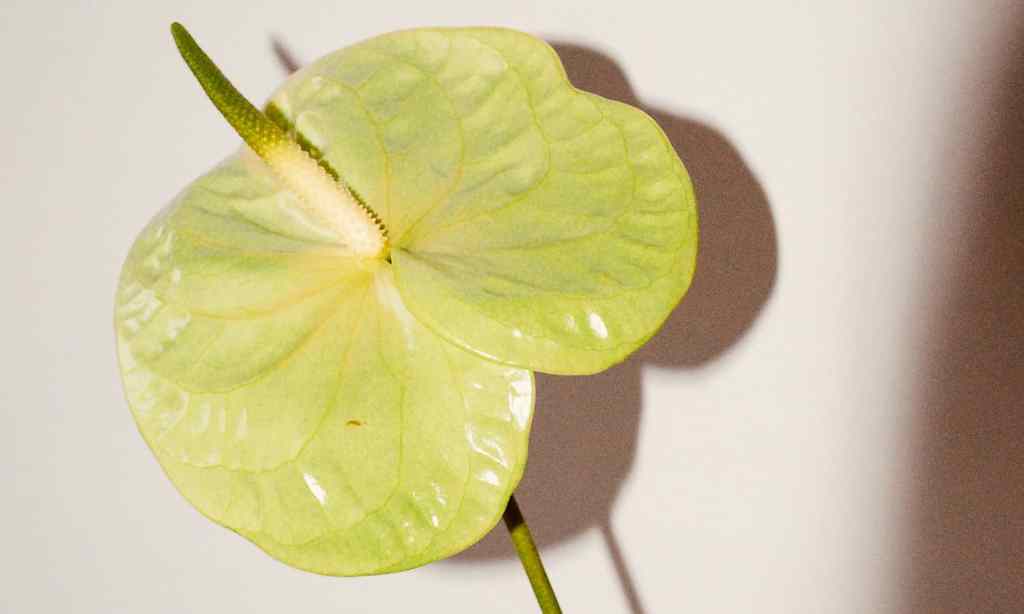Safe to say indoor plants are more than just trendy these days. Having a green living space is good for the mind, as well as aesthetically beautiful, not to mention there is nothing better than homegrown produce, even if it’s just the occasional herb and edible flower.
Although, no matter how much of a plant-lover you are, looking after plants can be notoriously difficult. Sometimes we even feel this pressure; if we can’t keep a houseplant alive, then what does that say about the care we take of ourselves?
But we’re being too hard on ourselves. Plant sensitivity varies hugely, as does our living conditions, limiting how our plants grow. Most plants need a combination of light, soil and water, but we really need to learn how to get the balance right for our plants individually, to help them thrive.
It’s not uncommon for beautiful lush plants to suddenly form brown-tipped leaves and wilting foliage, especially when you first bring them home and they’re getting to know their new environment.
And one of the most common things that happens to indoor plants is yellowing leaves, which is known as chlorosis. This yellowing is the sign of something interfering with the plant’s chlorophyll – the pigment which gives leaves their lush green colour and which plants use, combined with sunlight, to convert water and carbon dioxide into oxygen and glucose. Basically, it’s their food.
As you can imagine, going without food isn’t fun. Instead of getting hangry, plants show their lack of food through yellowing leaves.
If this is something that your plants are experiencing, there could be a few reasons why.
We’ve broken it down into four reasons why your plants may be yellowing, with explanations of why and how you can help them.
Too much water
Over-watering is one of the most common mistakes people make when looking after their plants. The best way you can tell if your plant’s discolouring is from over-watering is to check the shape of its leaves. If they’re limp, it’s because the plant is retaining too much water. To fix this, all you need to do is stop watering it for a few weeks.
You can also check your plant’s water levels by sticking your finger in the soil just up to your second knuckle and if it feels dry, it’s ready for a drink.
Not enough water
Similarly, not feeding your plant enough water is also a common way that plants can suffer. You can also check whether your plant is dehydrated by looking at the leaves, which will be dry and crisp, rather than floppy.
Although righting this wrong is done through giving your plant a drink, don’t go too heavy too soon, because your plant won’t know what to do with all that water and it will end up harming it more. Start slow, with a small drink every few days. Doing the finger dip test (as mentioned above) also helps in regulating your plant’s rehydration.
View this post on Instagram
Your plant may be ‘pot-bound’
Healthy plants will often outgrow their pots. If a plant’s roots are too tightly packed into the pot, then it’s unable to sustain itself properly and will often show this struggle through yellowing. However, instead of just one of two leaves turning yellow, this discolouring will usually affect the whole plant.
To check if your plant is pot-bound, carefully take it out of its pot to see if its roots are circling around the edges. If so, re-plant your friend in a bigger pot.
It’s just being a good ol’ plant
Sometimes, even the happiest, healthiest plant will have yellow leaves that drop off from time to time. Nobody is perfect, including your indoor plant.
Unless the plant looks unhealthy, or as though it’s clearly on Struggle Street, you don’t need to worry too much. This happens especially in older plants, that need to shed their leaves in order to make room for new ones, or seasonal plants, that grow better at a certain time of year.
Read more stories from The Latch and subscribe to our email newsletter.







